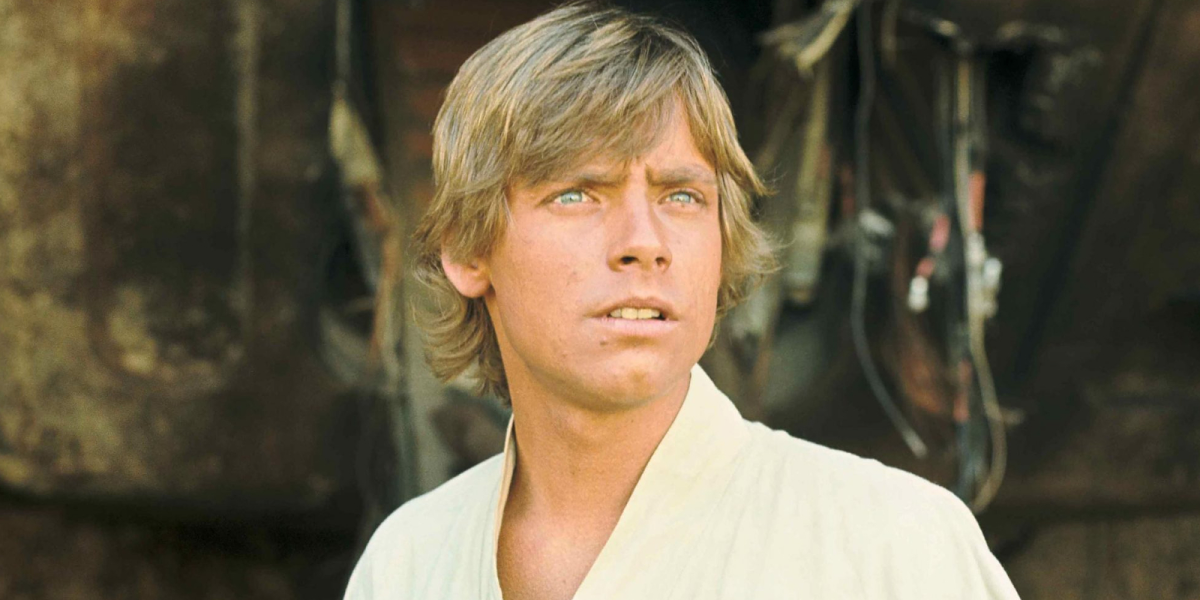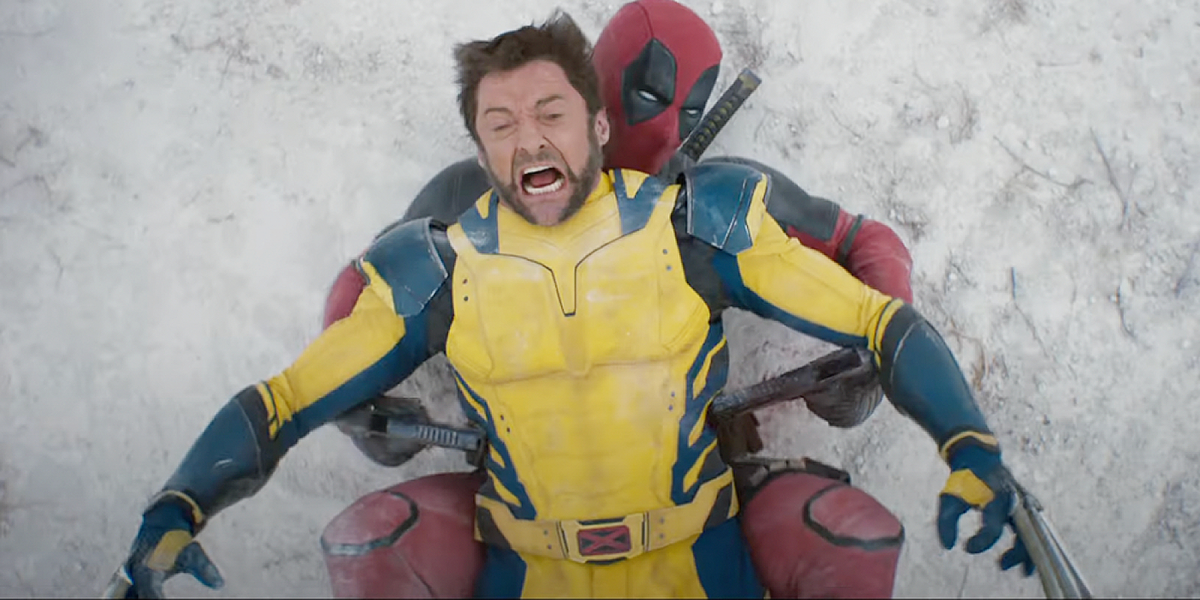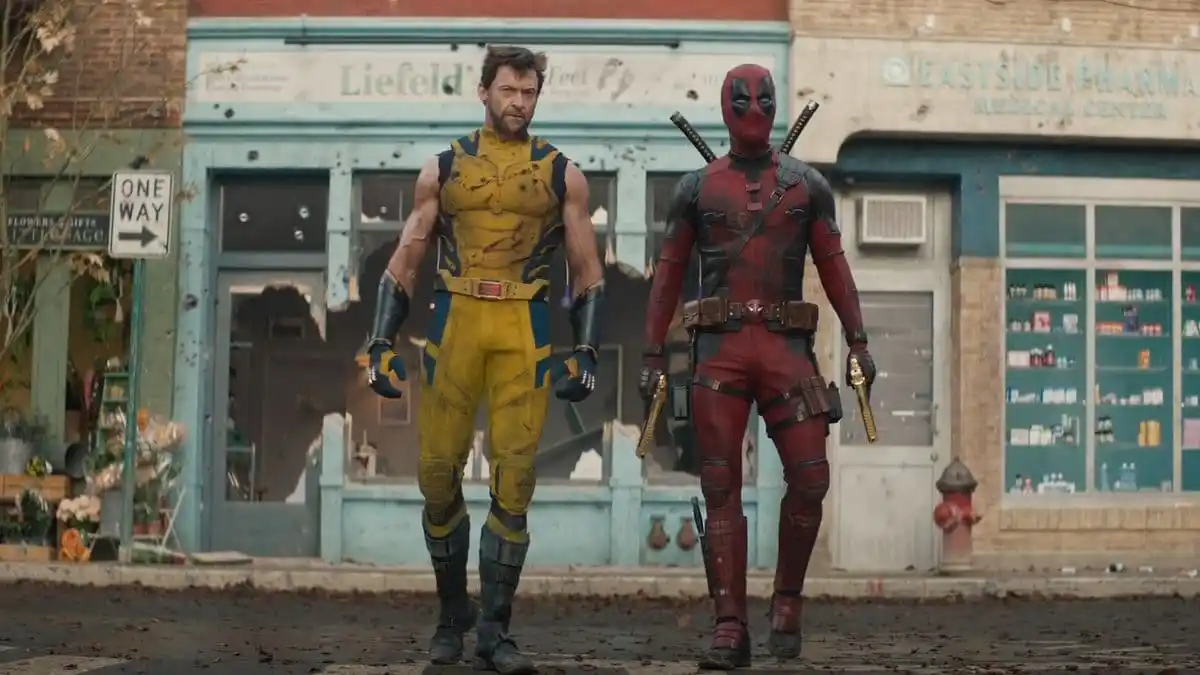The trend is undeniable. There is barely a cinematic universe out there that isn’t launching a cartoon, and a lot of wannabe ones are now too. The most recent announcement of Legendary partnering with Netflix to launch both King Kong and Tomb Raider cartoons is a perfect, recent microcosm of what animated shows are becoming to studios looking to expand their IPs’ impact. The King Kong series is a quick way for the studio to build on its already established MonsterVerse, and the Tomb Raider show will launch an ongoing effort to branch out the franchise’s storyline and connect its disparate tales. This is how, in general, studios are utilizing animated shows now: either expanding a universe or testing the waters for a new one.
Those two shows are, of course, only the most recent examples of the entertainment industry bringing popular franchises to the world of animation. Multiple successful animations have already pulled this off over the past few years. Obviously, the biggest and most successful started long before this recent trend even took hold. Star Wars: The Clone Wars might be the gold standard of animated, universe-expanding cartoons. The series not only helped build out an expanded Star Wars universe that had sat dormant outside of books for decades but actively made the films it spun off of better.
Disney, upon purchasing the franchise, canceled the series (a decision later remedied on Disney+) but clearly saw the advantage of having animated shows continuing on the IP until it could launch films. It quickly began Star Wars: Rebels and followed that up with Star Wars: Resistance. It is now working on a spin-off of an animated spin-off, The Bad Batch, showing just how much further along in the process the franchise is than everyone else.

There’s also a slew of other franchises that are either in the first seasons of animated shows or have them in development. Star Trek has ventured into comedy with its series Lower Decks, which (somewhat) skewers many of the tropes developed over the franchise’s long history. Sony pivoted into animation and set up a cinematic multiverse with Spider-Man: Into the Spider-Verse. Castlevania has a successful anime show adaptation that’s been widely praised. Jurassic World has an animated teen series taking place at the exact same time as the first Jurassic World film but on the other side of the island. DC Comics has an incredibly well-established animated universe that may arguably be its strongest cinematic universe, and given its establishment of a multiverse, it’s technically part of DC’s overall cinematic efforts.
The clearest sign of this trend, however, is in what’s to come, which is so much that I’m just going to list it out by how it appears on a quick search on Escapist: Star Wars, Marvel, Sonic, Splinter Cell, Magic: The Gathering, Transformers, Assassin’s Creed, Star Trek, Alien vs. Predator(?), The X-Files, The Witcher, Pacific Rim, The World Ends with You, and pretty much any Hasbro toyline… probably.
Why a Cartoon Is So Attractive for a Cinematic Universe
There are plenty of good reasons studios are turning to animation for expanding their universes. The biggest one, however, is probably the lower cost and greater ease of production (though, that doesn’t mean it’s easy) that animation can deliver. Yes, animated films like Frozen can cost upwards of $250 million to produce, but these shows are not massive investments like high-end Pixar or Disney films.
While it’s not a general rule of thumb that an animated show or movie costs less than a live-action one, for these franchises it’s pretty easy to see why they would. A lot of the extra cost in animation comes from the pre-work with design and planning. With an established universe, that’s already been done. Most of the studios are also partnering with already established animation studios when launching their shows. It’s why so many look similar, as the same successful studios and creators are pulled in again to execute. These studios have streamlined processes and staffing to generate new shows more quickly and easily and within a budget.

There’s also the fact that you can do more, more easily with an animated series. Need a kaiju to destroy a city while your heroes run around its feet? That’s a bit easier to pull off with an animated series where you don’t necessarily need a CGI monster, a set of a destroyed city, CGI background artists, lighting, etc. Studios don’t have to get their big-name actors to all come to the same place, meaning you can get your film’s stars to do a few days of voice-over instead of a few months of shooting. Even if you’re not working with the “face” of the franchise for the spin-off, the scheduling becomes much easier if you’re willing to record separately as many shows do. These are, of course, generalities that not all animations may adhere to, but it’s why a cartoon allows a franchise to grow more rapidly than a series of live-action films or shows.
Plus, there’s the current elephant in the room: COVID-19. It’s still really hard to film right now. While studios are filming now, it involves a ton of scheduling, quarantining, costs, and planning. Just getting to a popular filming location in Australia or New Zealand is a major hassle. If you’re a studio looking to keep the excitement going for your franchise or cinematic universe over the coming years when 2020 was a total production wash, then an animated show allows you to do this.
Momentum and continuity are incredibly important for cinematic universes and franchises. Consider how unengaged nearly everyone seems to be with Avatar or how Universal’s Dark Universe was DOA with one flop. 2020 was a massive momentum killer for every cinematic universe out there, pushing back production and releases for years to come. Studios need content they can produce now to fill the void that the lack of production in 2020 created. With the right team, animation can deliver that while still under COVID-19 quarantine. The turnaround time is quicker than a film, and while still challenging, it’s just easier to make an animated feature within the confines of COVID-19 and remote work.

Production is only half of the benefit, however. The other is that cartoons get to take more risks. Part of the reason is that, for many, there is something less committal about a cartoon show. The genre’s history as a children’s medium is still ingrained in a large part of the viewing audience, even when the shows are obviously not made for kids. As a result, studios feel these shows are more disposable and incur less risk. Animation’s arbitrary second-class status makes it an easy home for parody, weirdness, and even the unrealistic. Audiences are far more accepting of in-universe rule-breaking when it’s a cartoon.
That rule-breaking can lead to innovation, deeper stories, creative ideas, and interesting character development. It helps that often these series are side-stories or nearly immaterial to the main throughline of the universe, often able to dive deeper into minutia or explore topics main stories never could. Plus, it’s simply easier to de-canonize an animated show if the fans rebuke against it. Label it as “just an animated show” and you’re in the clear with most folks. Just look to Star Trek: The Animated Series, one of the earliest attempts at universe expansion via cartoon, for a perfect example of how an animated series can live on the fringe of canon. Animated shows are just a safer bet for a studio.
Oddly, Marvel is the odd man out here. The studio that created the “cinematic universe” and is owned by Disney no less is lagging pretty far behind in the animation department. No, instead Marvel’s animated efforts seem to be stuck in limbo. Marvel Television was planning a series of animated shows that were going to take place in the same universe and lead into a kind of Defenders-style crossover show, but half of them including the crossover were canceled when Marvel Television was shuttered, with little promotion of the ones that are still in the works. In fact, those shows, M.O.D.O.K and Hit-Monkey, are Hulu productions, meaning the only animated series Marvel Studios is actually working on is What if…?.
Yes, there is only one animated show for many of these other cinematic universes, but relative to Marvel’s output, that one show seems minuscule. Maybe Marvel feels it doesn’t need the animated support given the ease with which it pulls in its big stars for Disney+ shows, but for the same reasons other studios are doing it, it could really benefit the MCU to have more, smaller-scale stories supporting its live-action content. Maybe if they did we can all get the Agent Jimmy Woo show we’ve been clamoring for since last week’s WandaVision.

These animated spin-offs aren’t just good for the studios making cinematic universes or game developers expanding their IP: They’re also a terrific get for the glut of streaming services out there all desperate for content that will draw in new subscribers. The lucky ones own a cinematic universe (or two) already, and the ones that don’t definitely want to be involved in the chance to have one on their service. Franchises bring in fans and can expand a streamer’s audience faster.
However, it should be noted that an animated series isn’t a free pass to a cinematic universe and franchise riches. The ’80s and ’90s are the perfect examples of this. While the idea of a cinematic universe was lightyears away, the cartoon spin-off was the soup du jour of the day with what seemed like any movie possible getting a Saturday morning cartoon so that toys could be sold. These shows barely held continuity from episode to episode, let alone with the films they were based on. While plenty of classics were born from this marketing ploy (The Real Ghostbusters, Beetlejuice, The Mask), the majority were cheaply made messes based on films not quite suitable for children (RoboCop, The Toxic Avenger, James Bond Jr., Back to the Future). The end result of the flood of low-quality content, combined with the tragic downfall of the Saturday morning cartoon thanks to cable television, was the death of the animated spin-off renaissance. These new animated series could lose their audience precisely the same way if the quality isn’t there, harming both cinematic universes and the streamers that are hosting the shows.
It’s fair to say that animation is hitting a golden age at the moment with a slew of high-quality, immensely popular series landing over the past decade — both adaptations and originals. With the increased activity of major studios looking to create expanded universes, this golden age could continue on… or come crashing to the ground. What could be next? An Alan Wake / Control spin-off that plays like Twin Peaks? Maybe a return to the medium for Ghostbusters once the rebooted film comes out? We’ll just have to see how things shake out.





